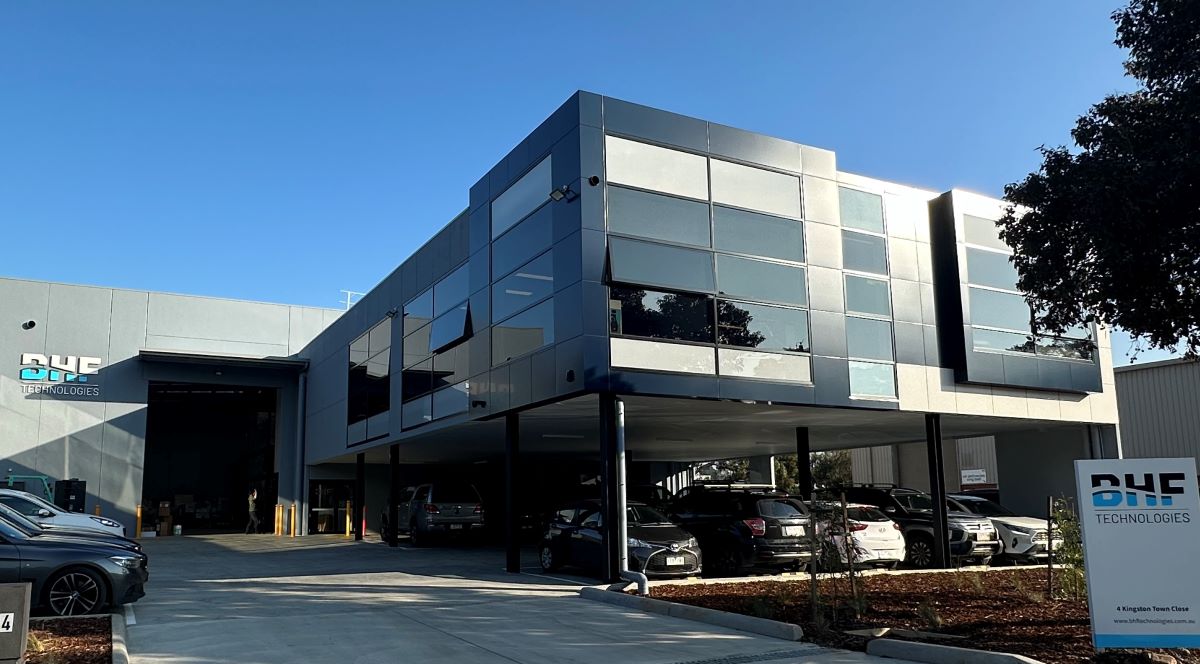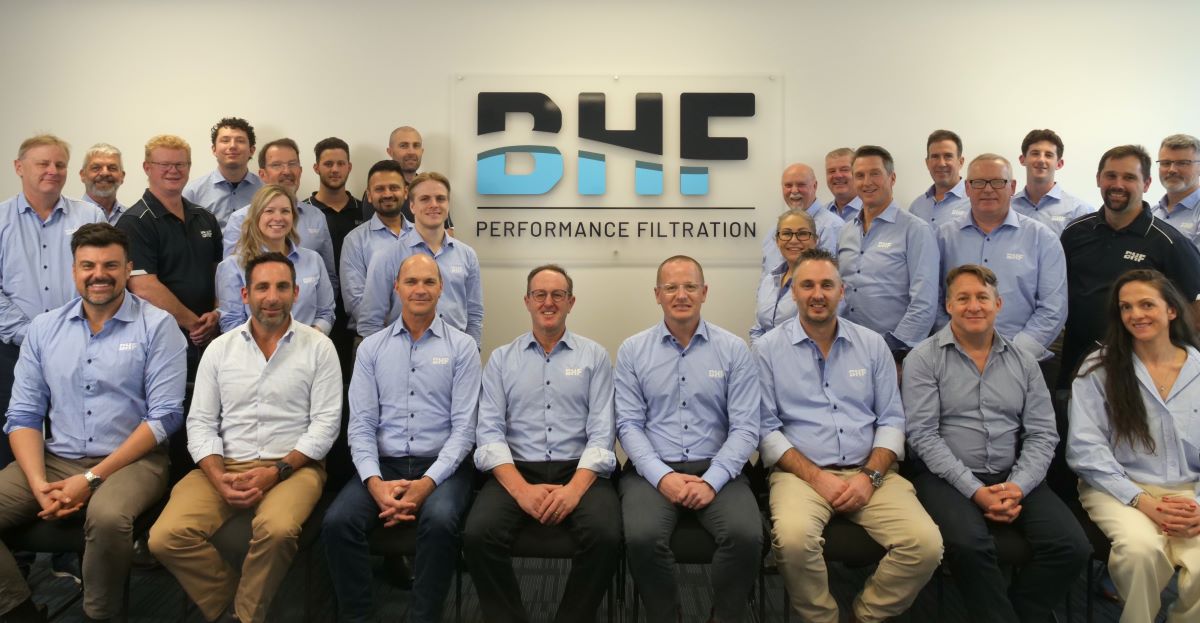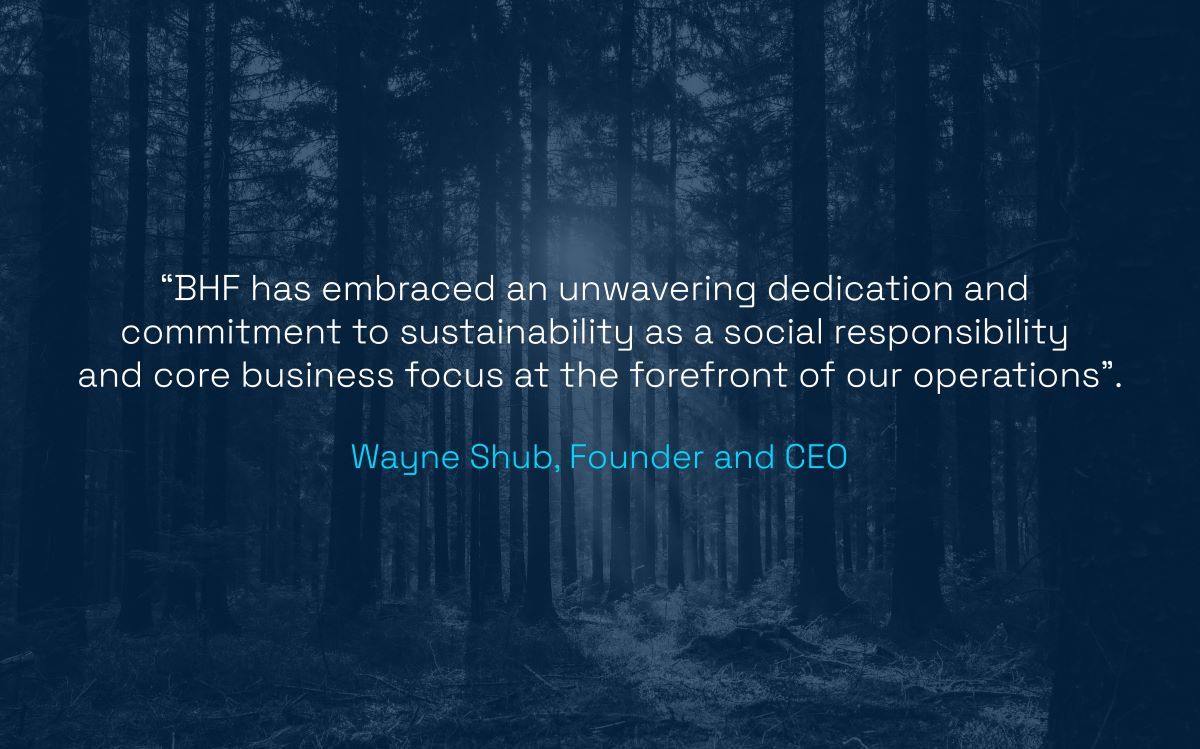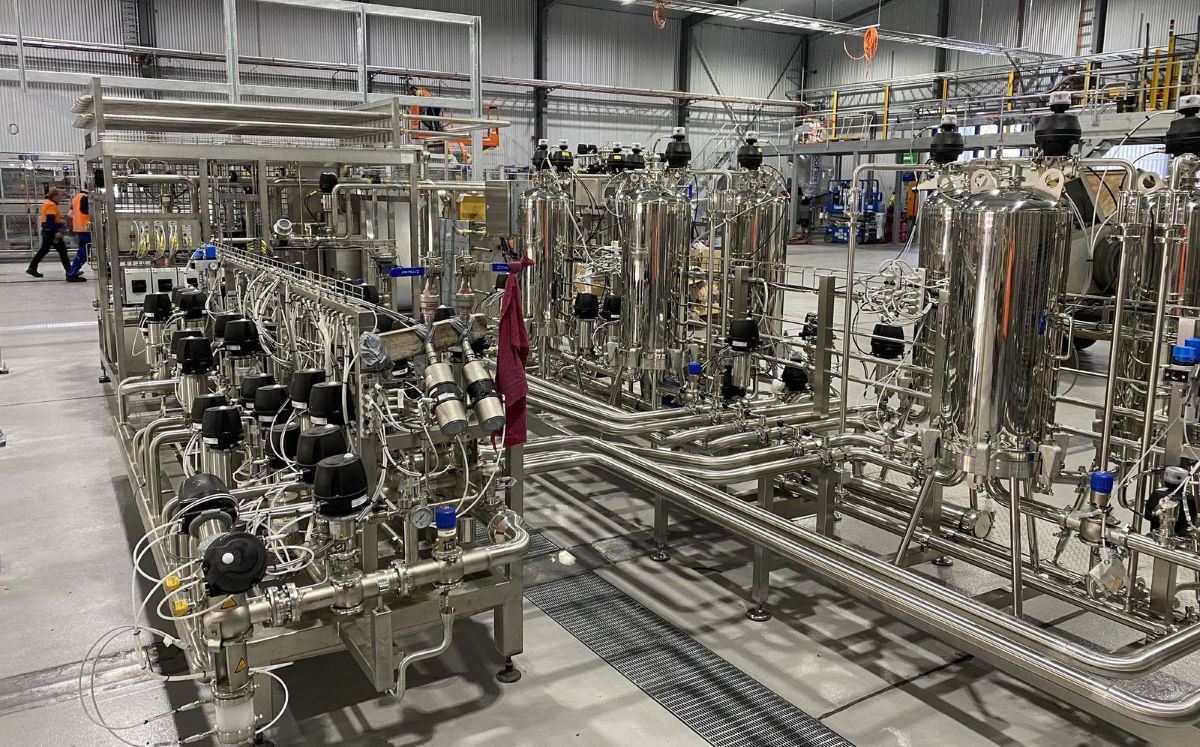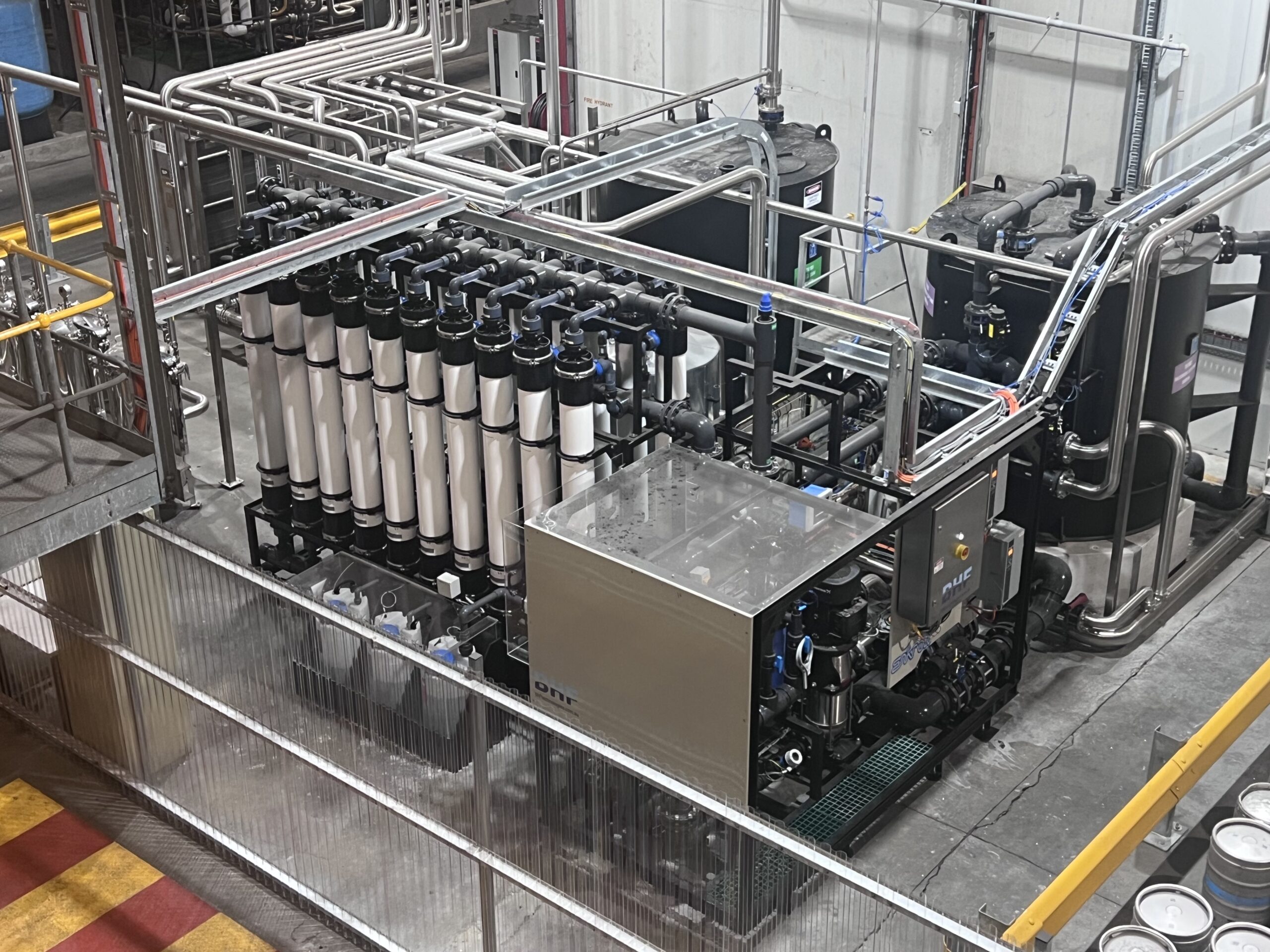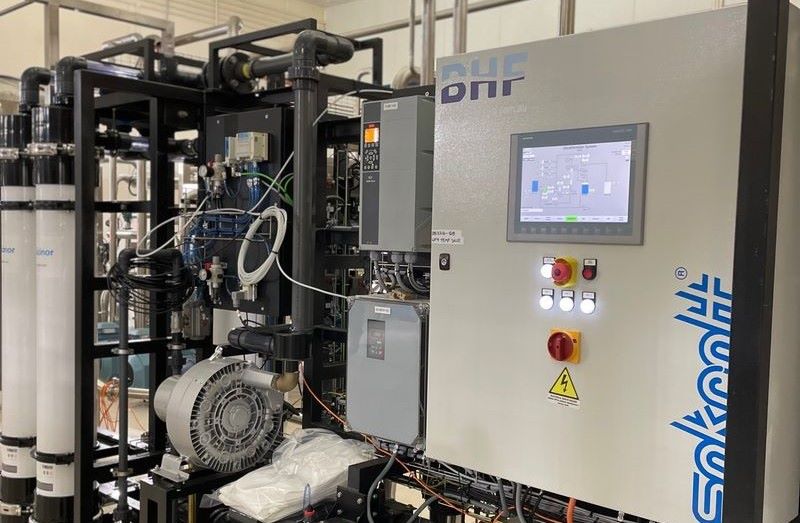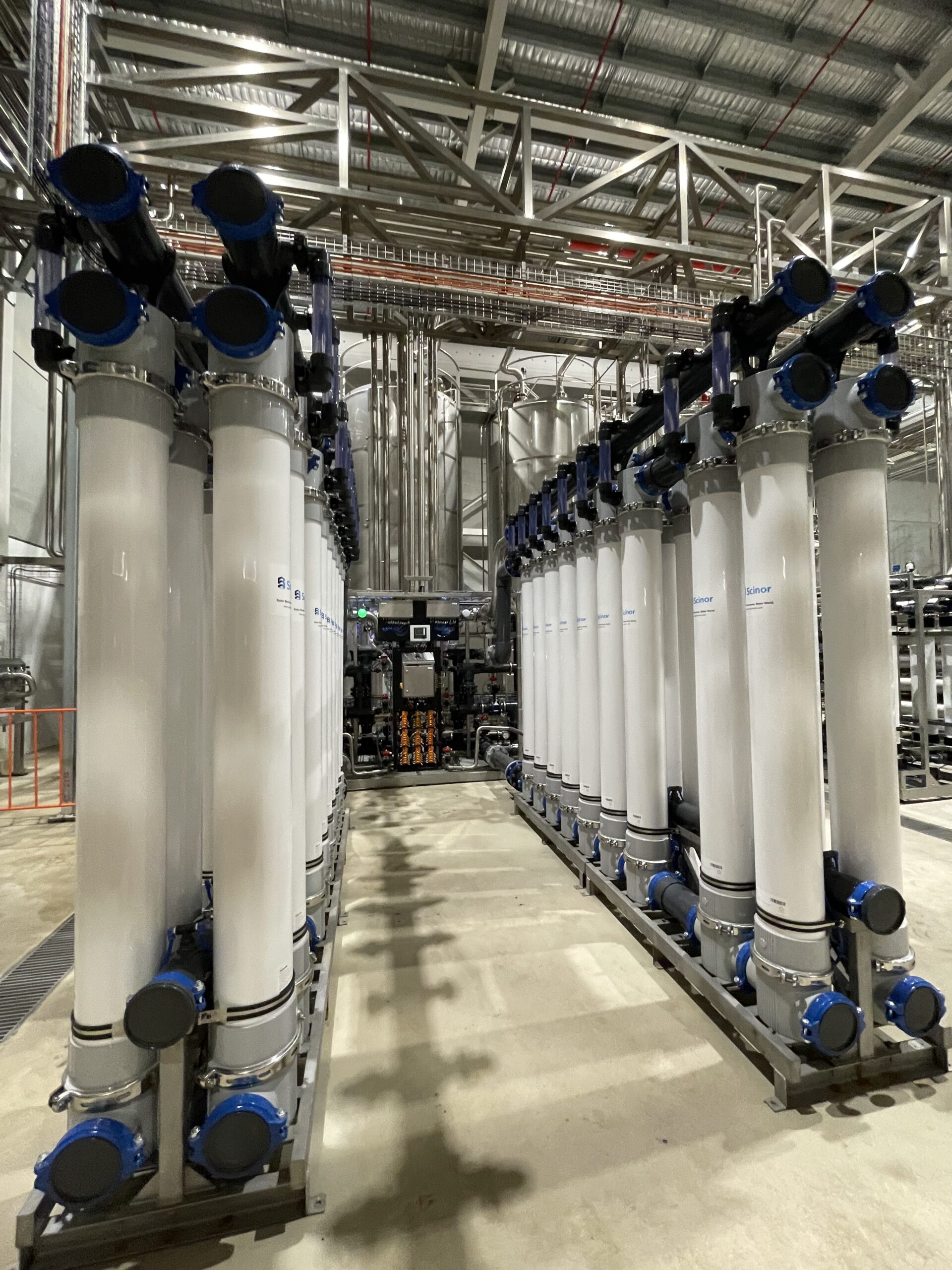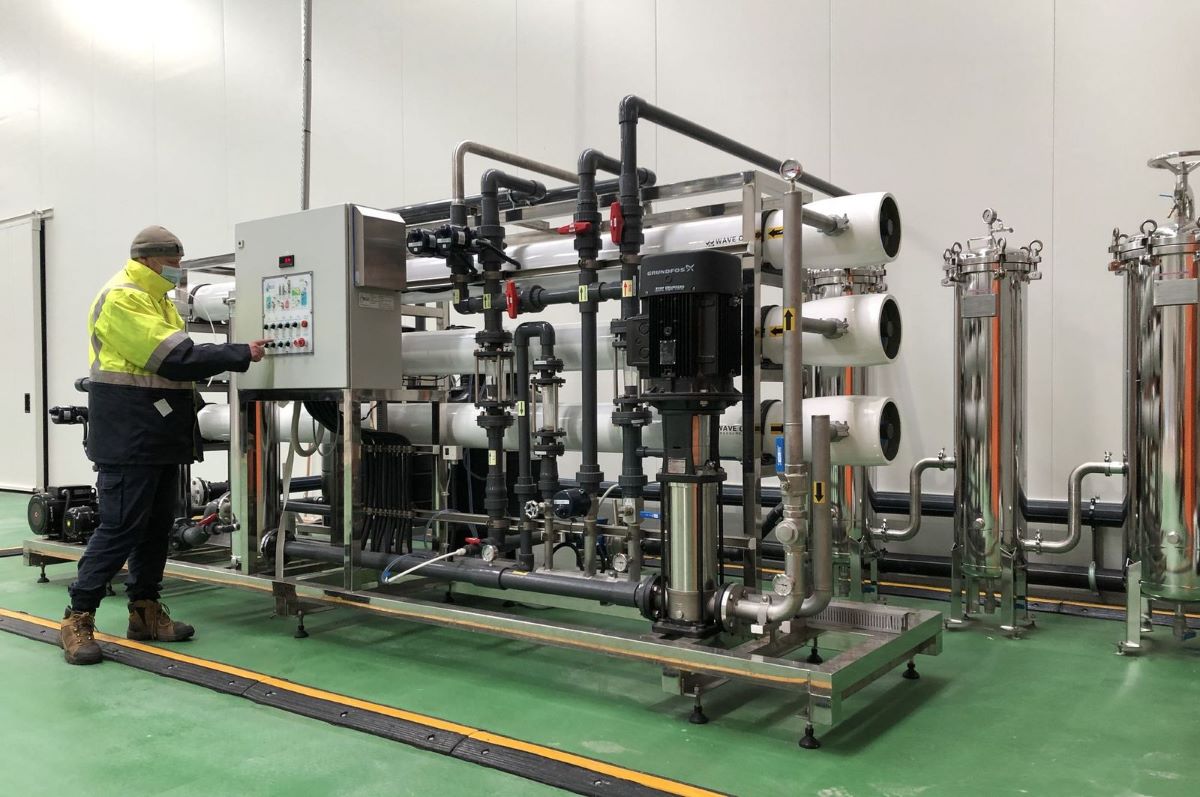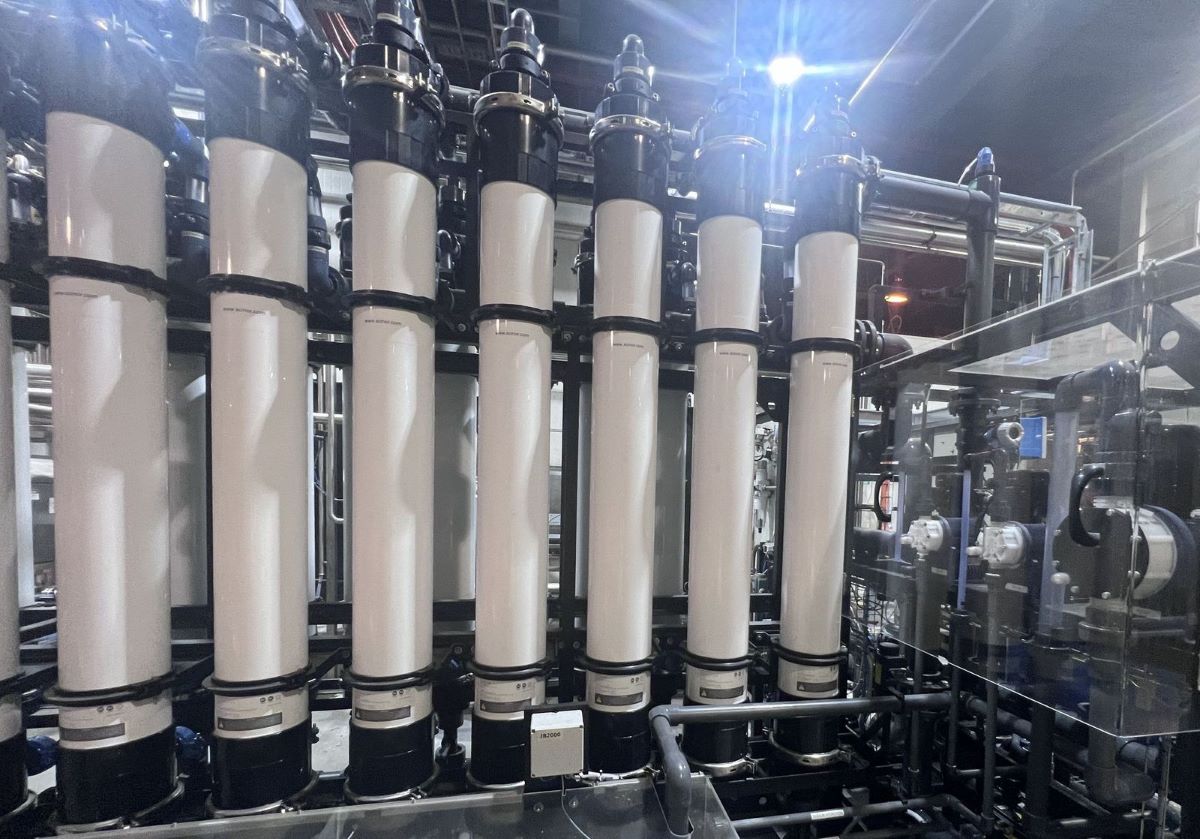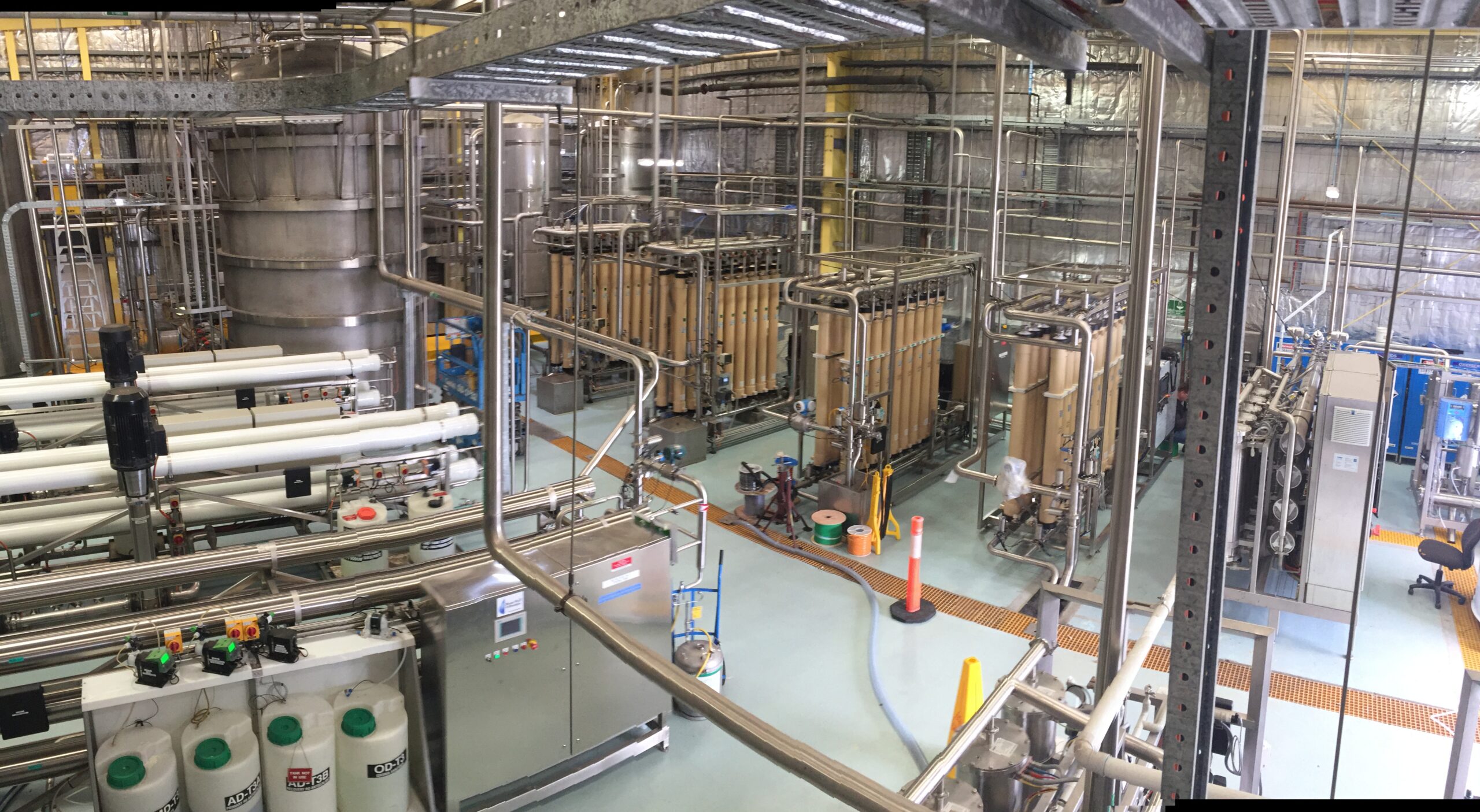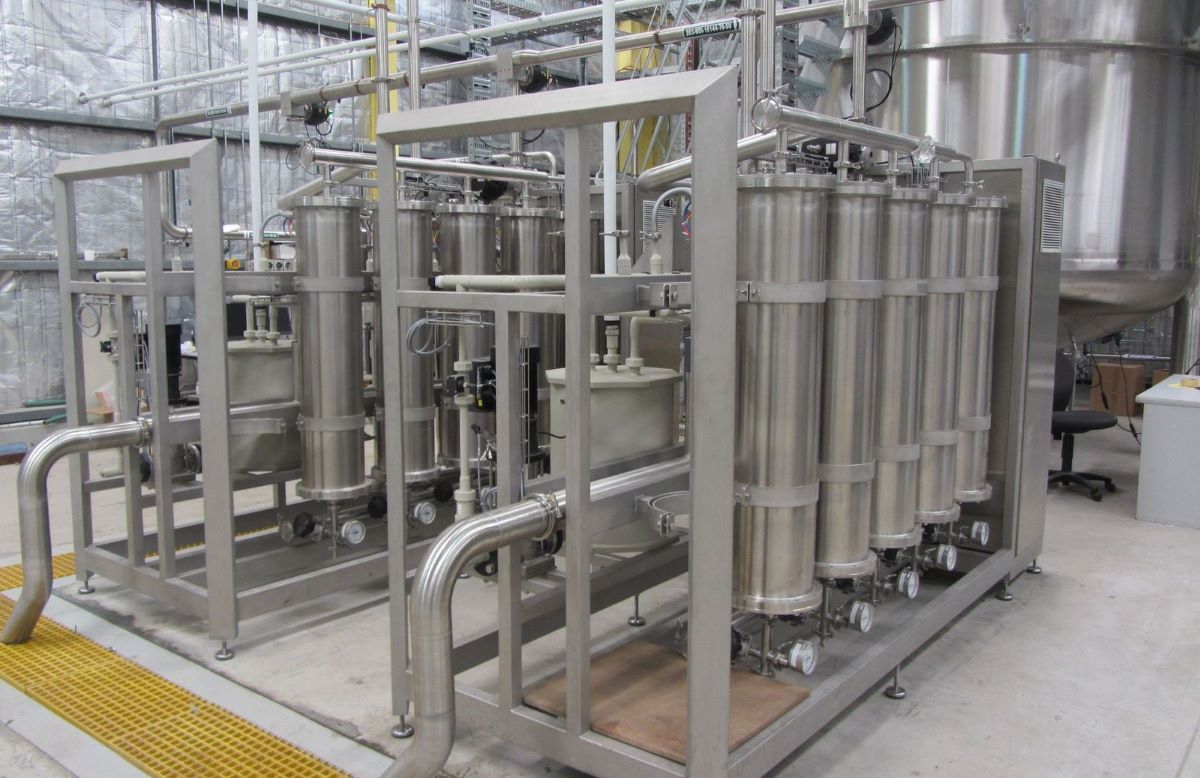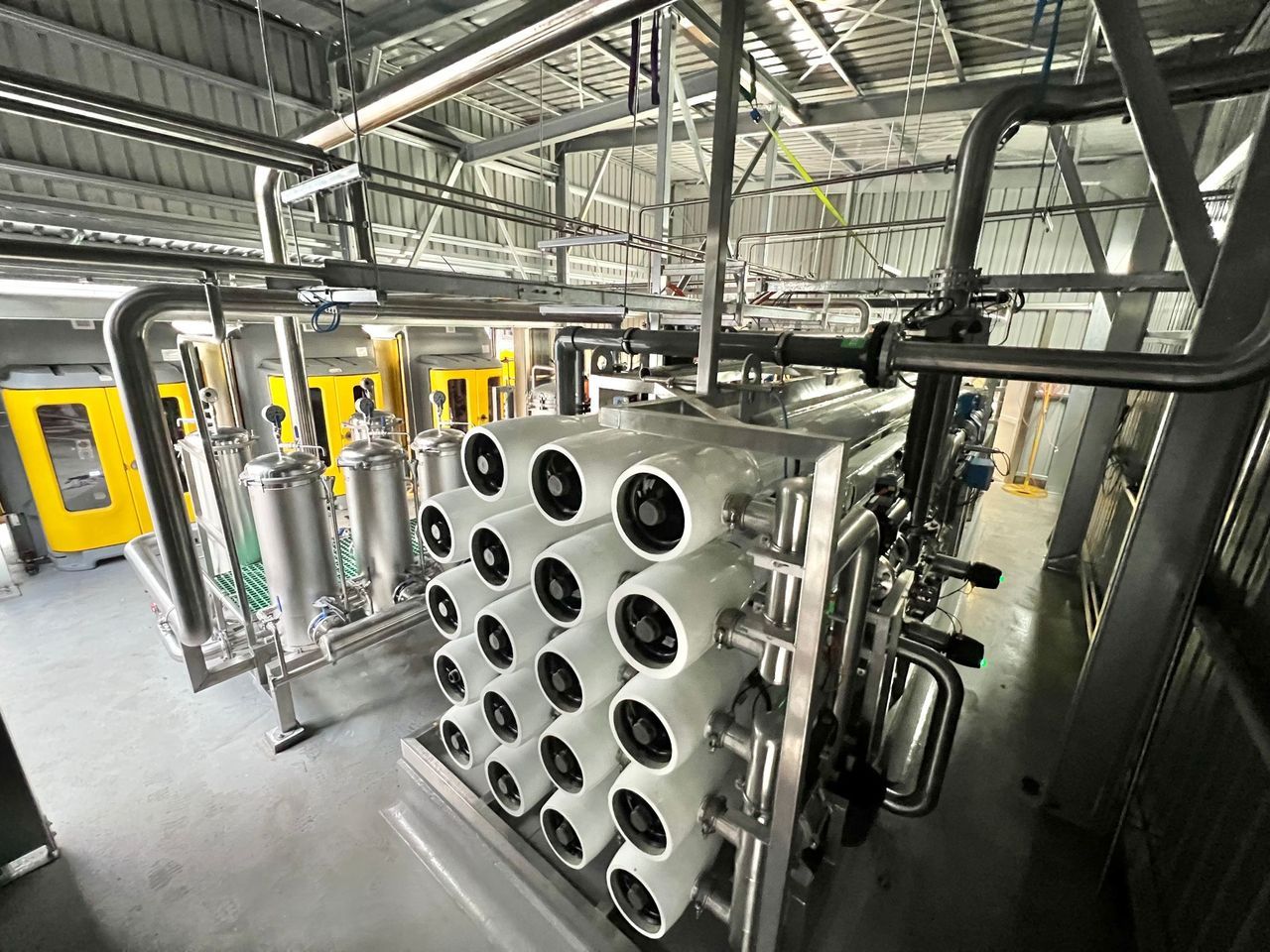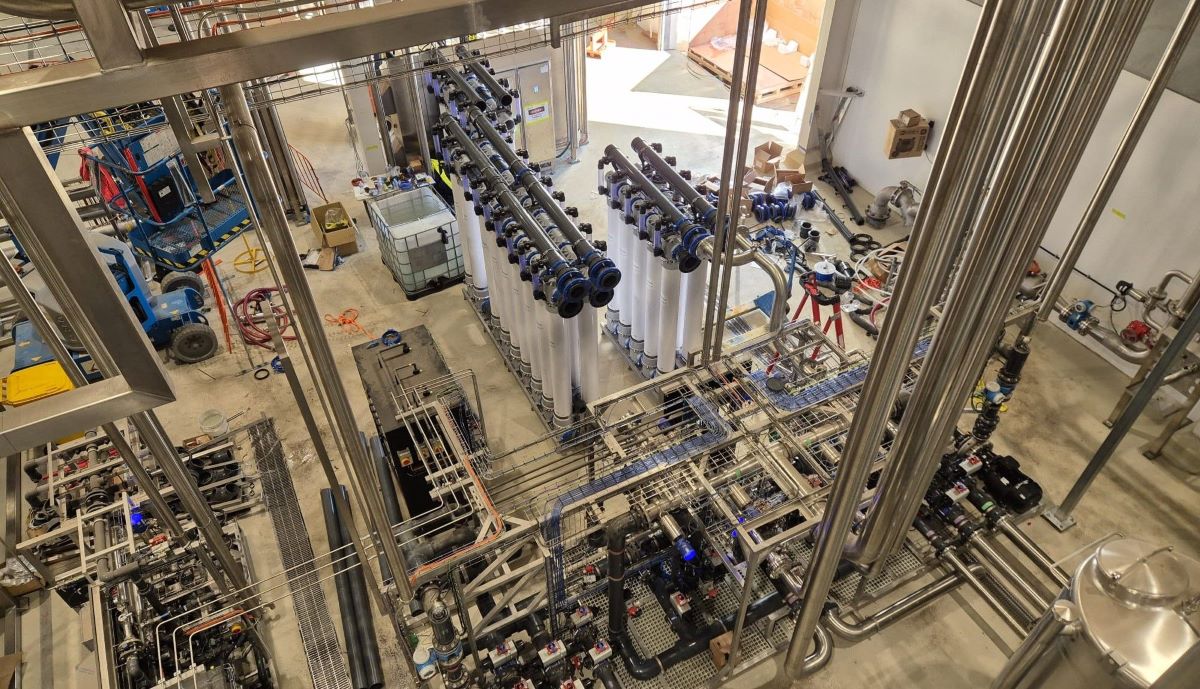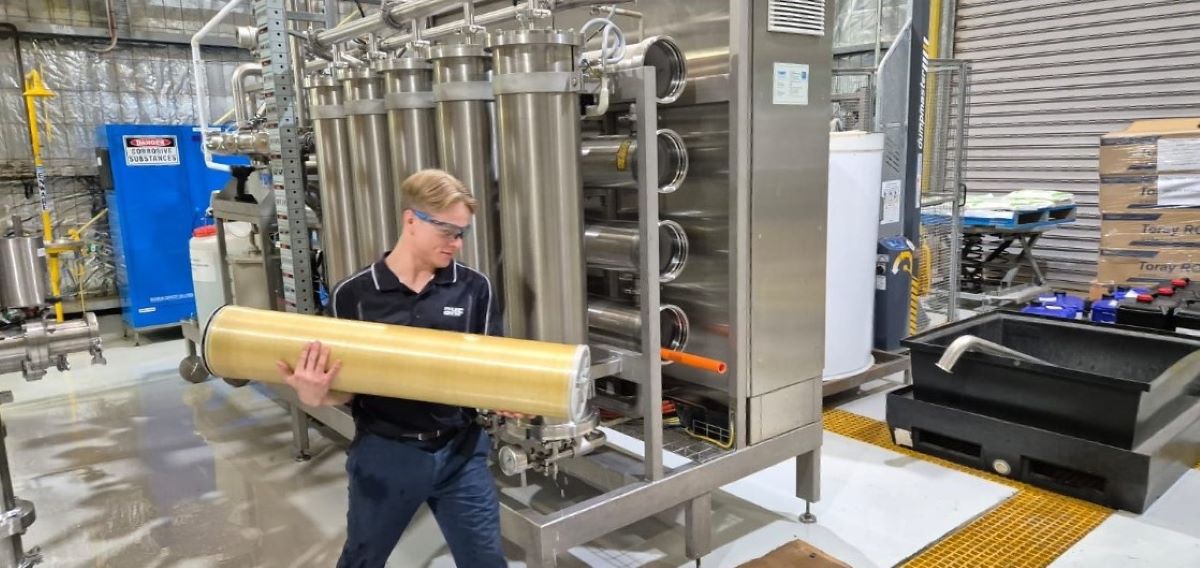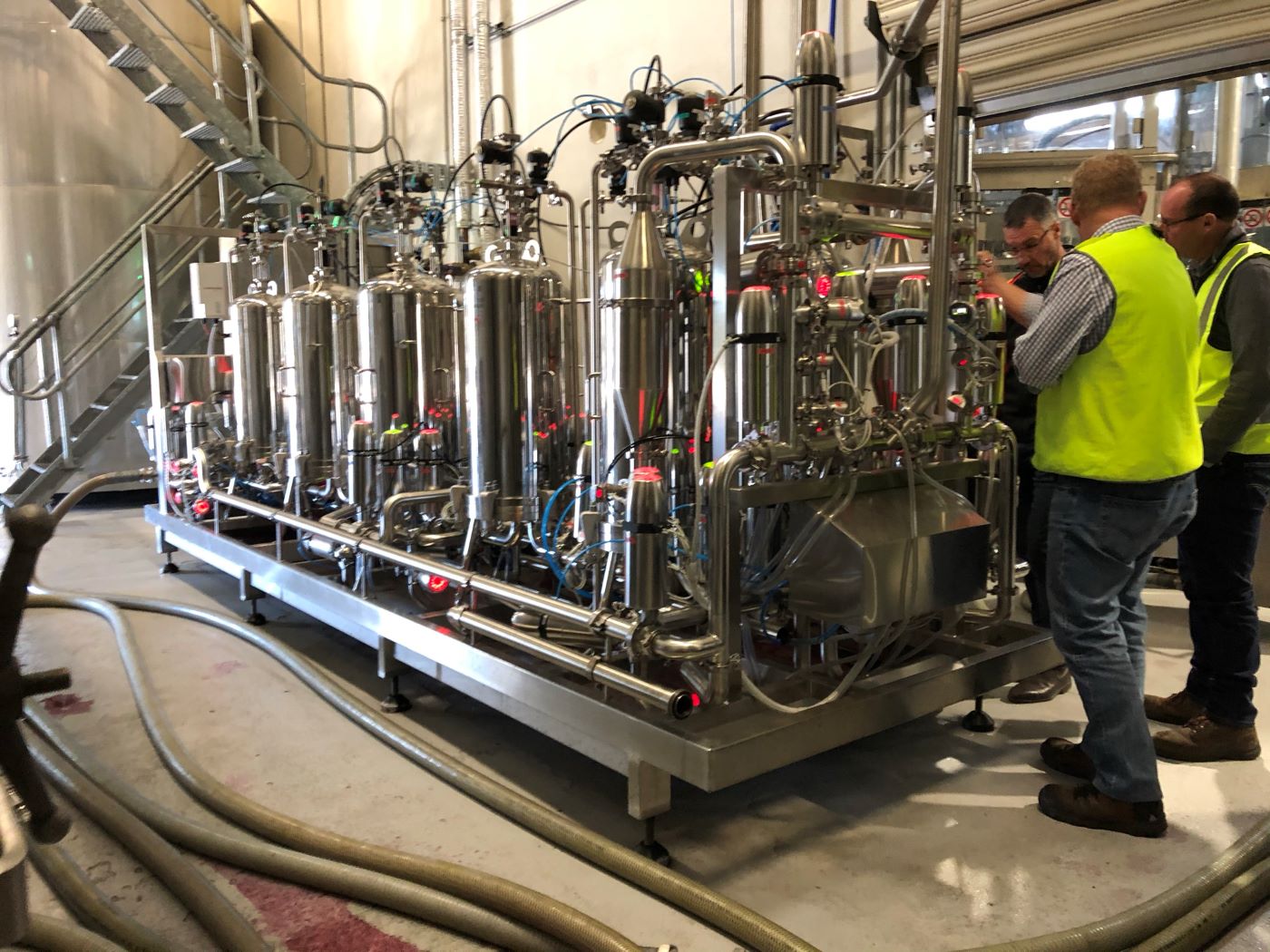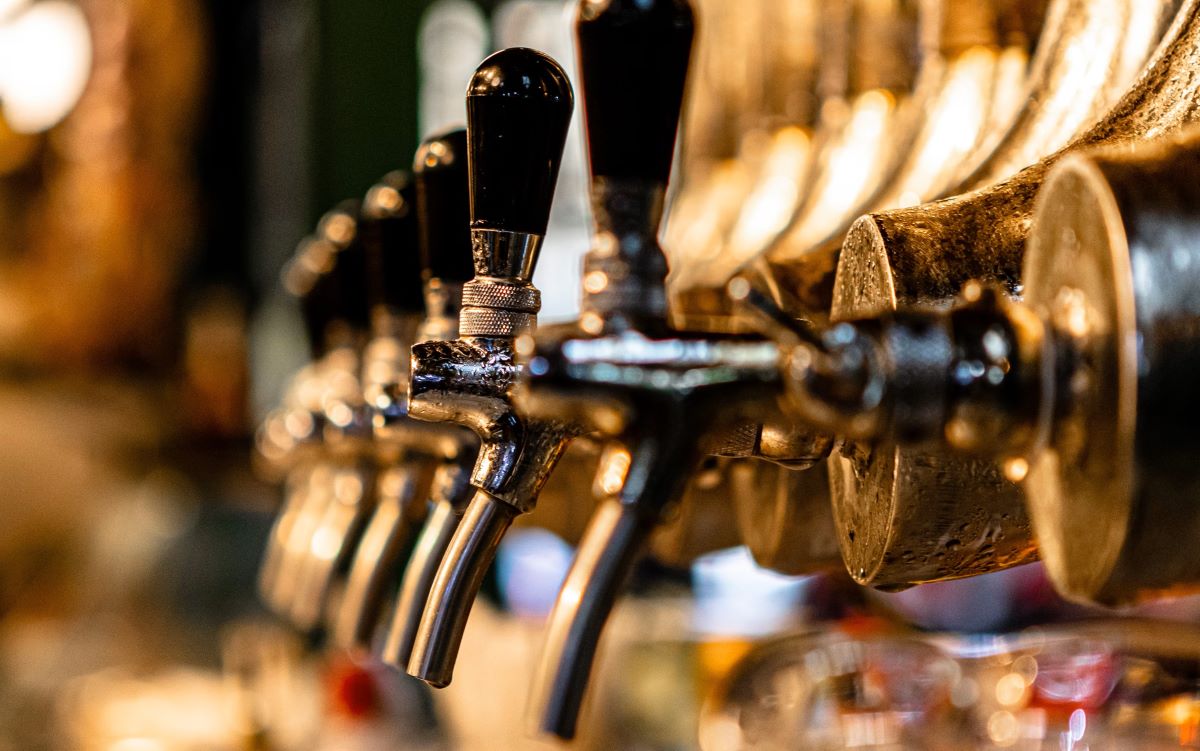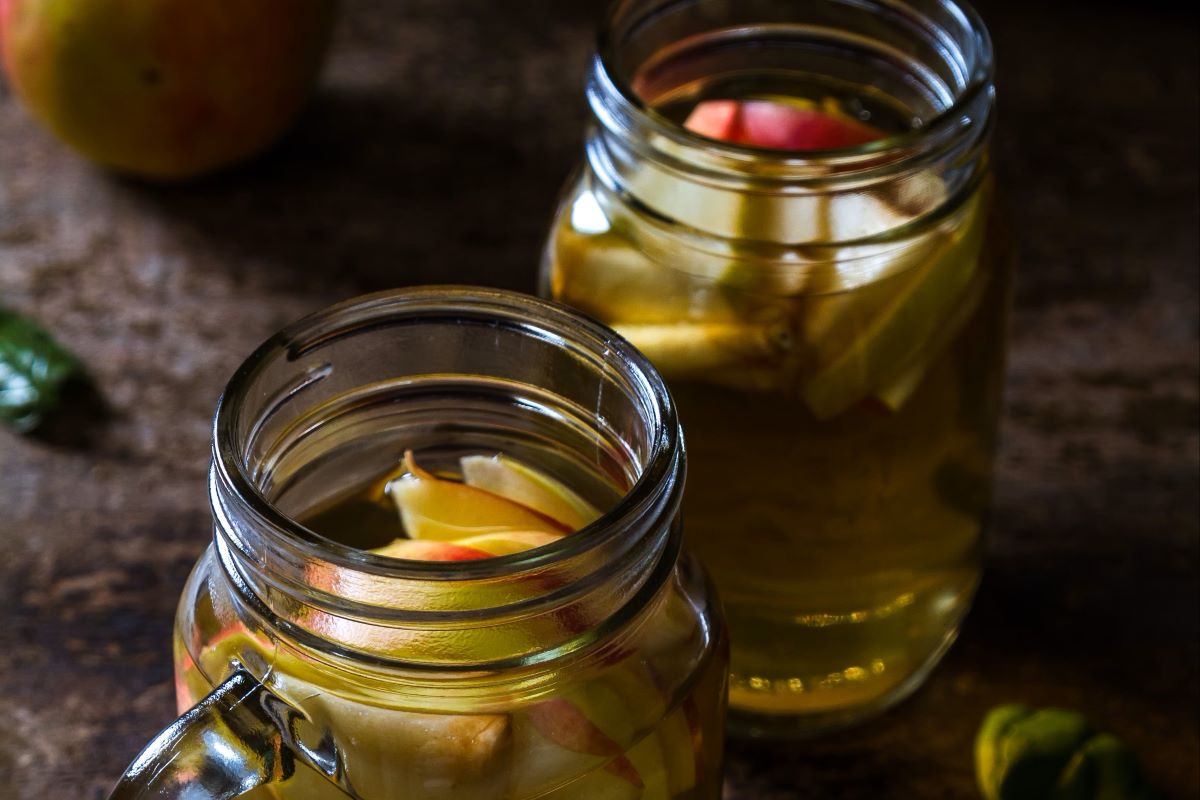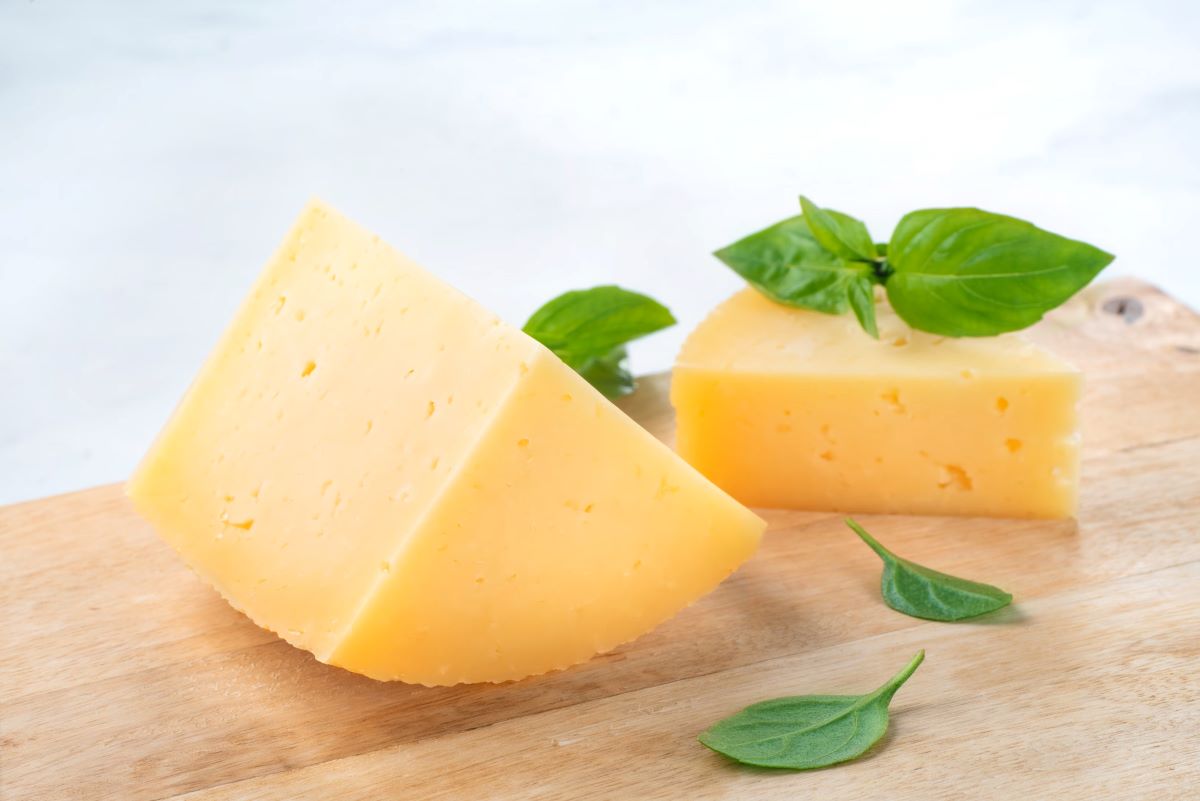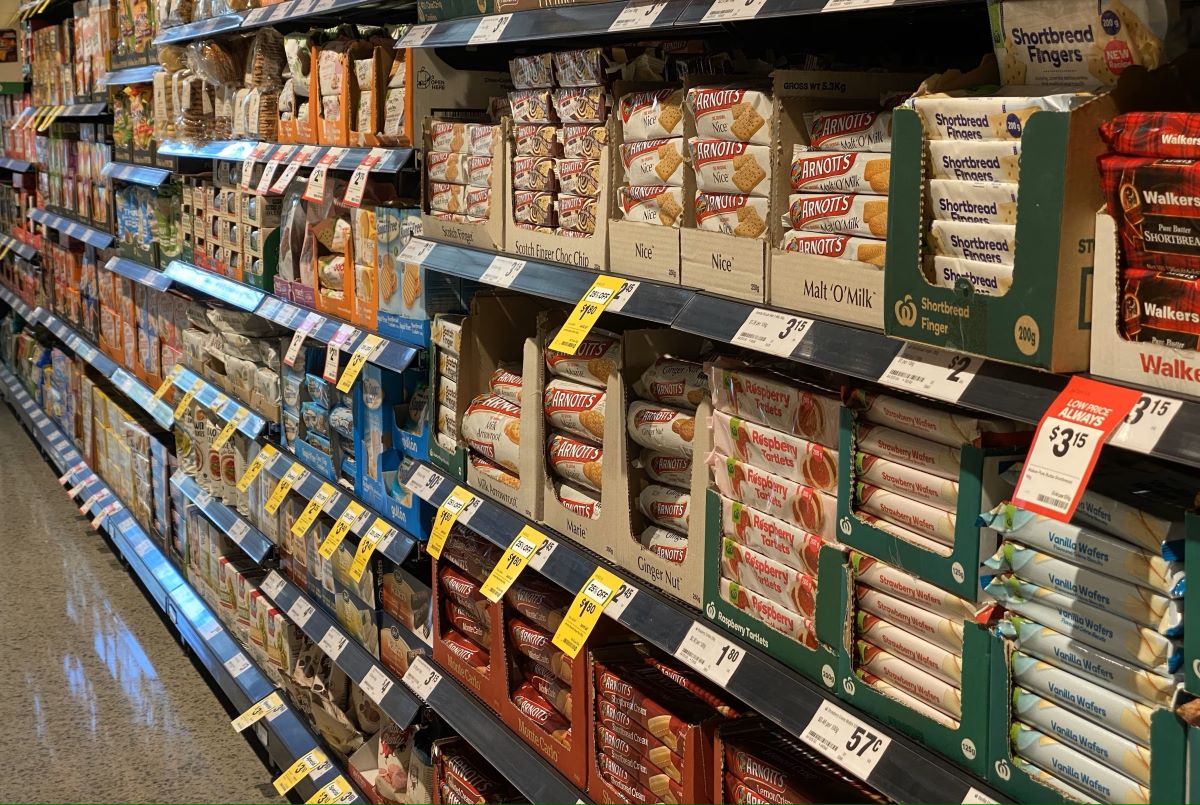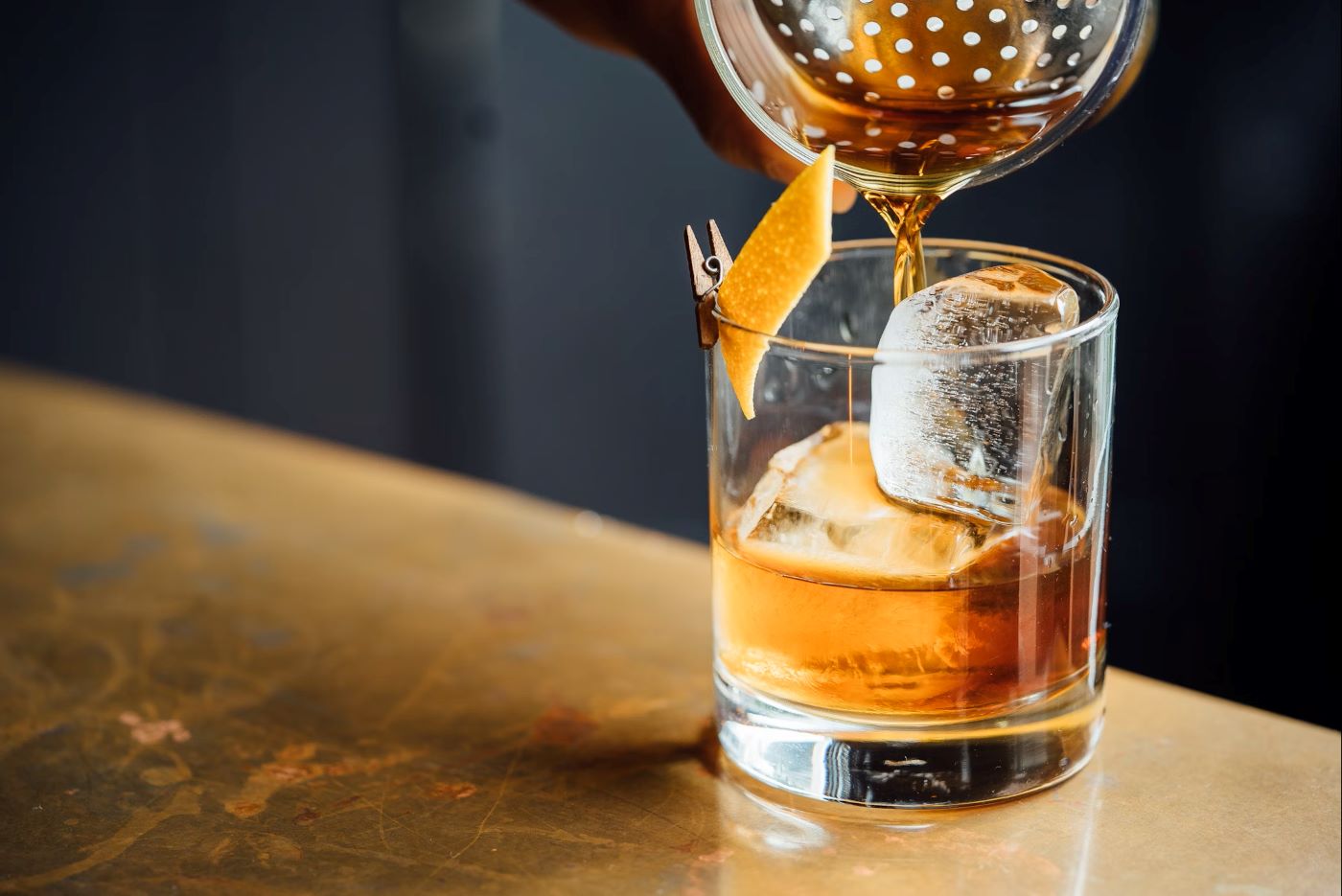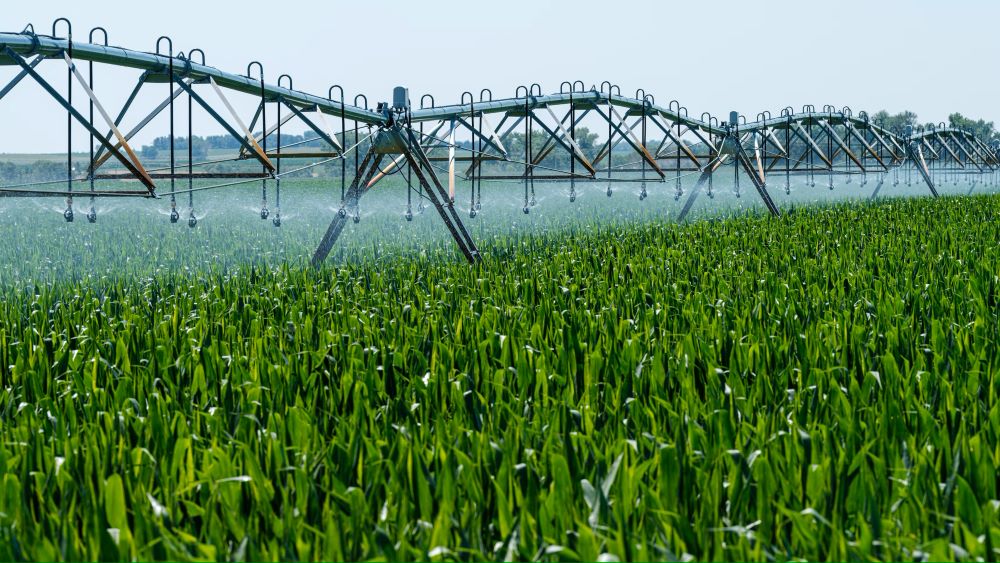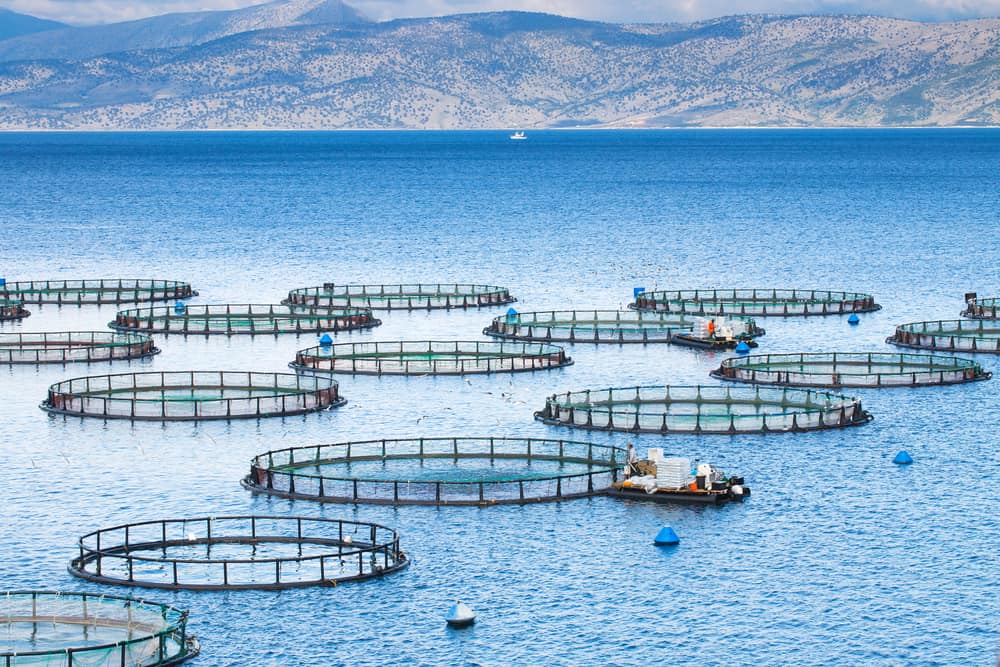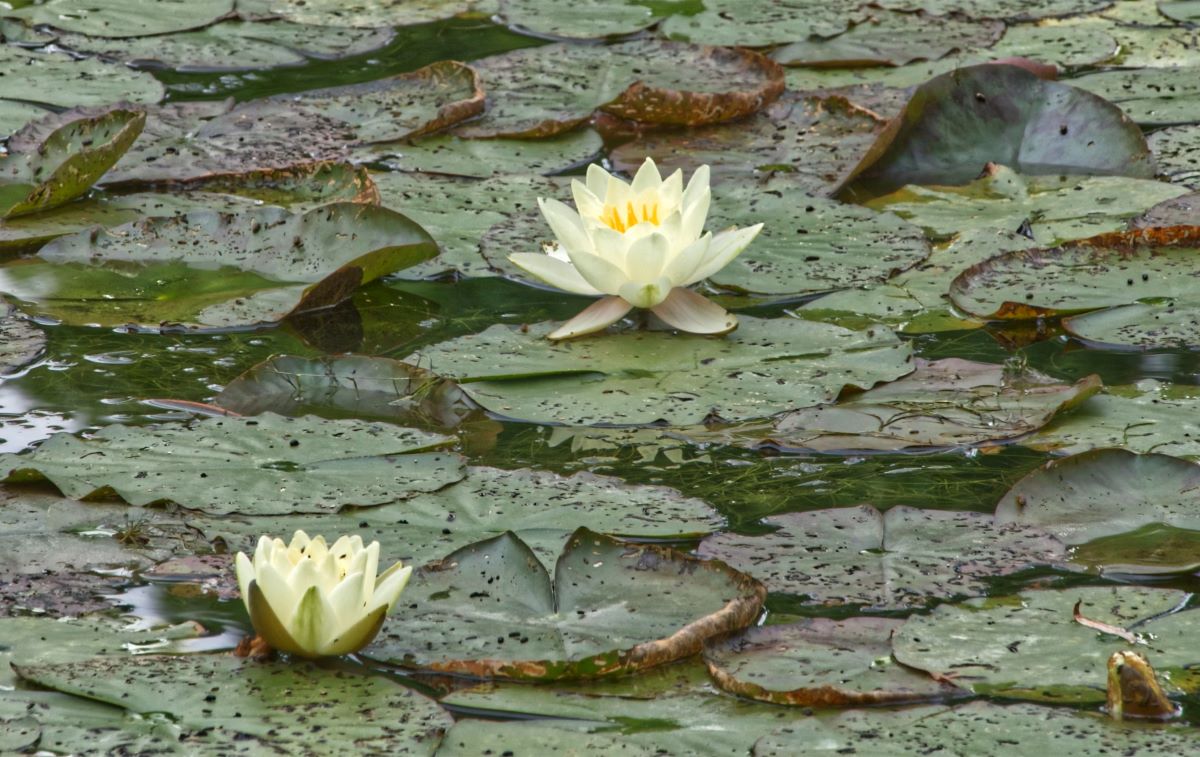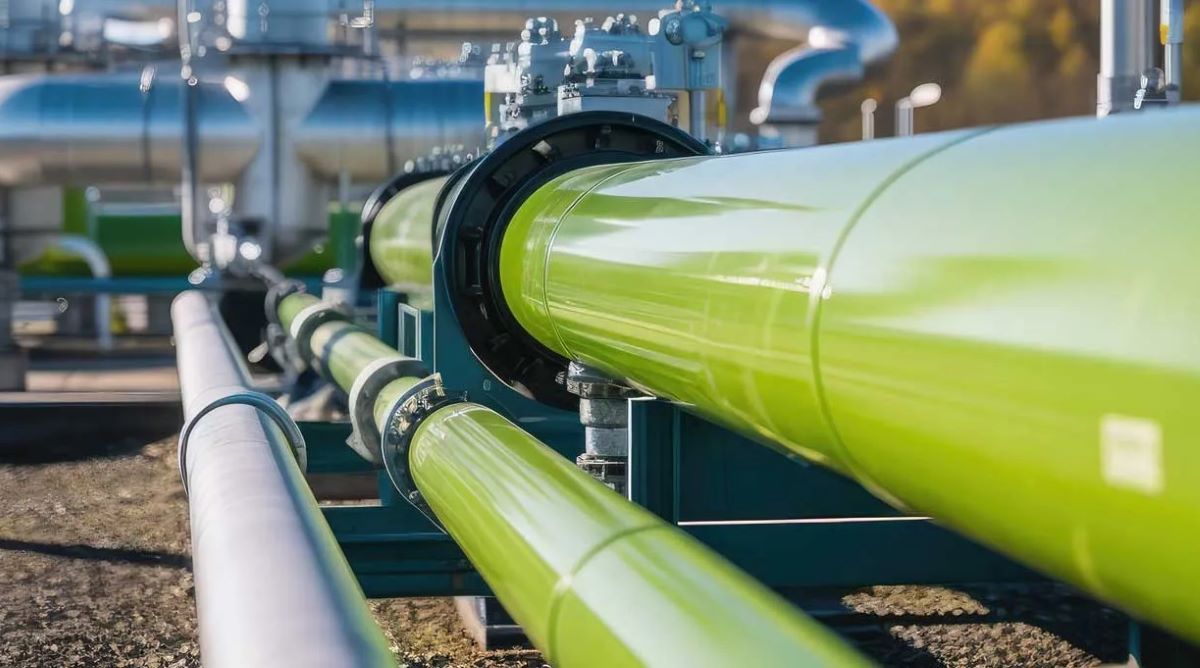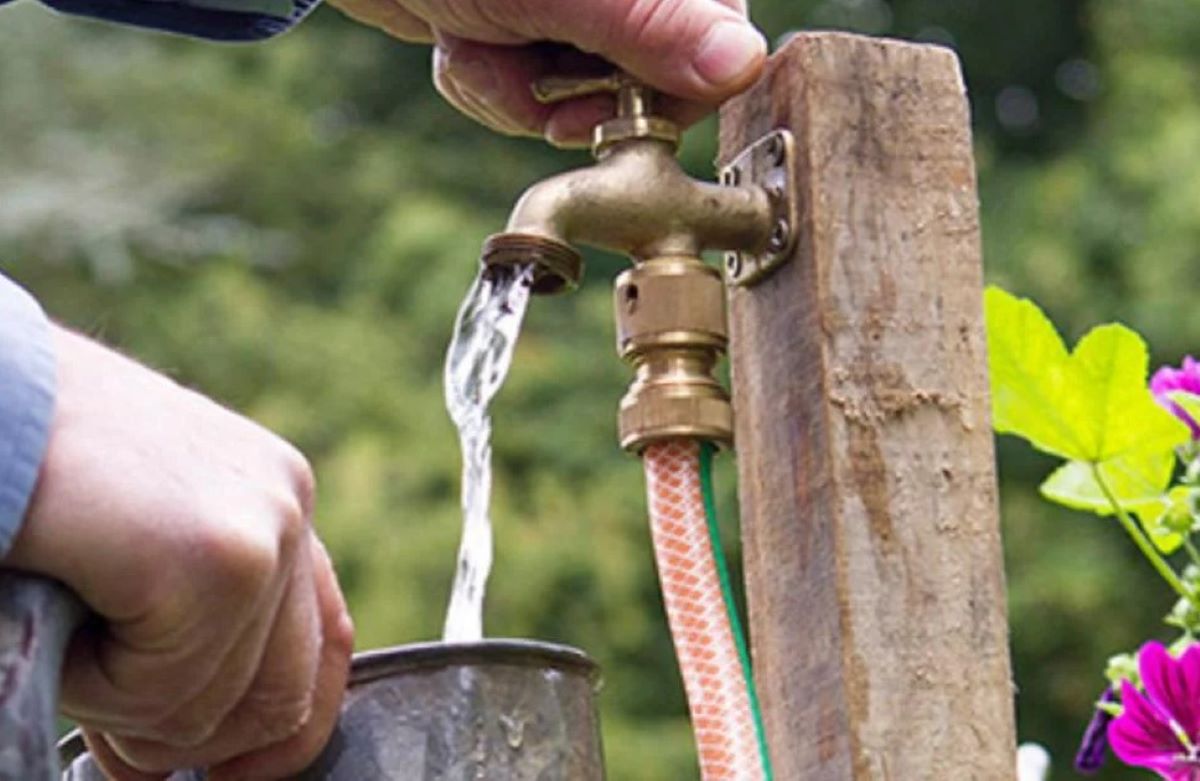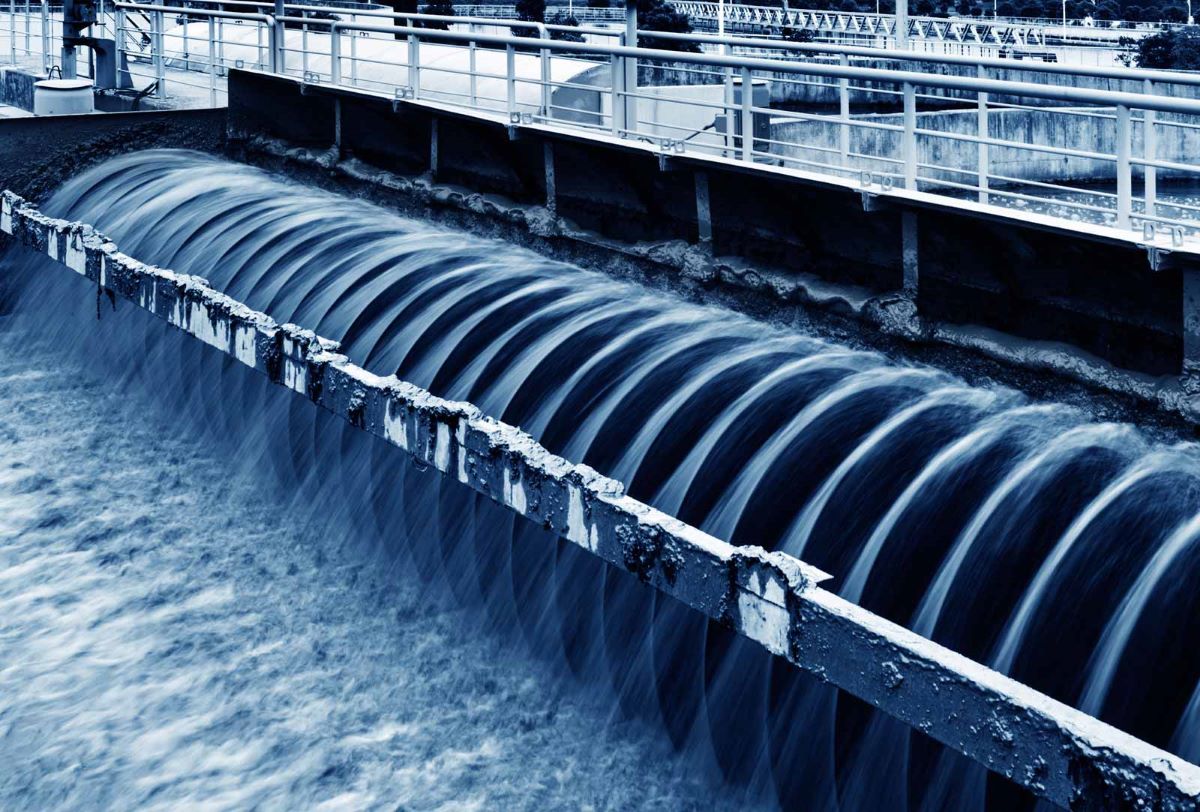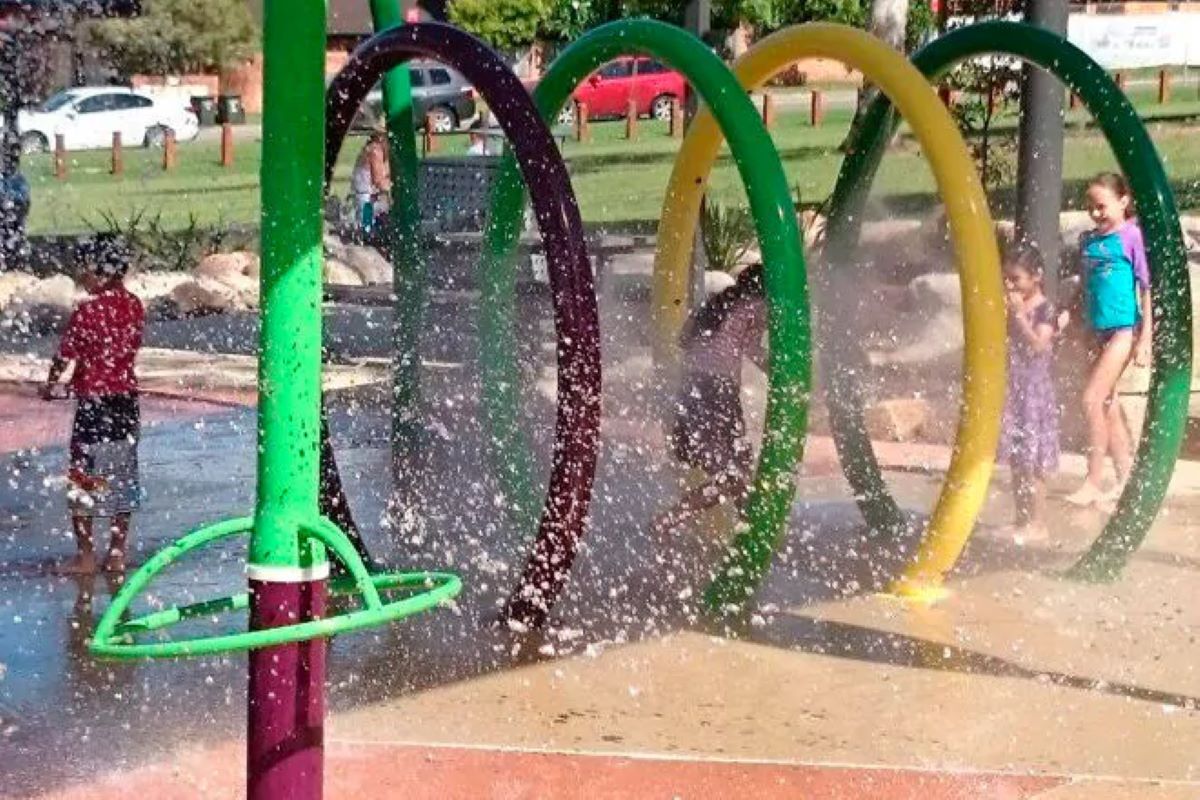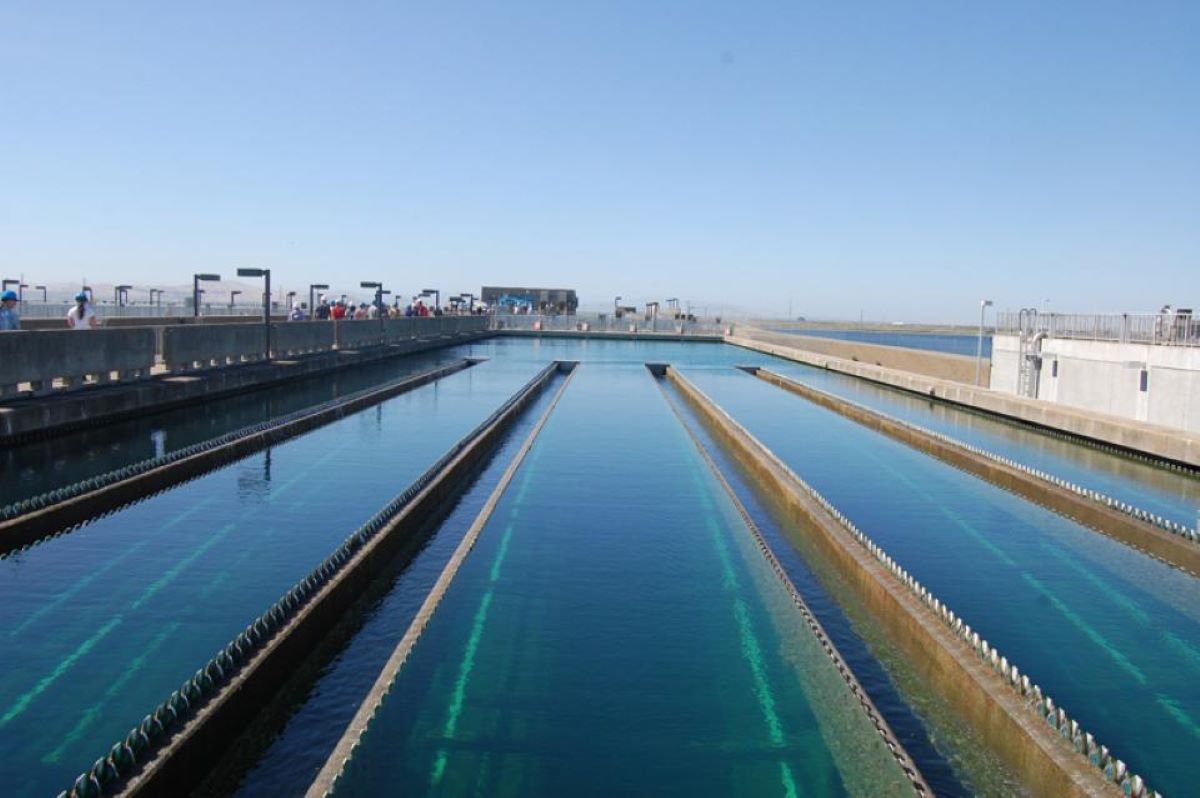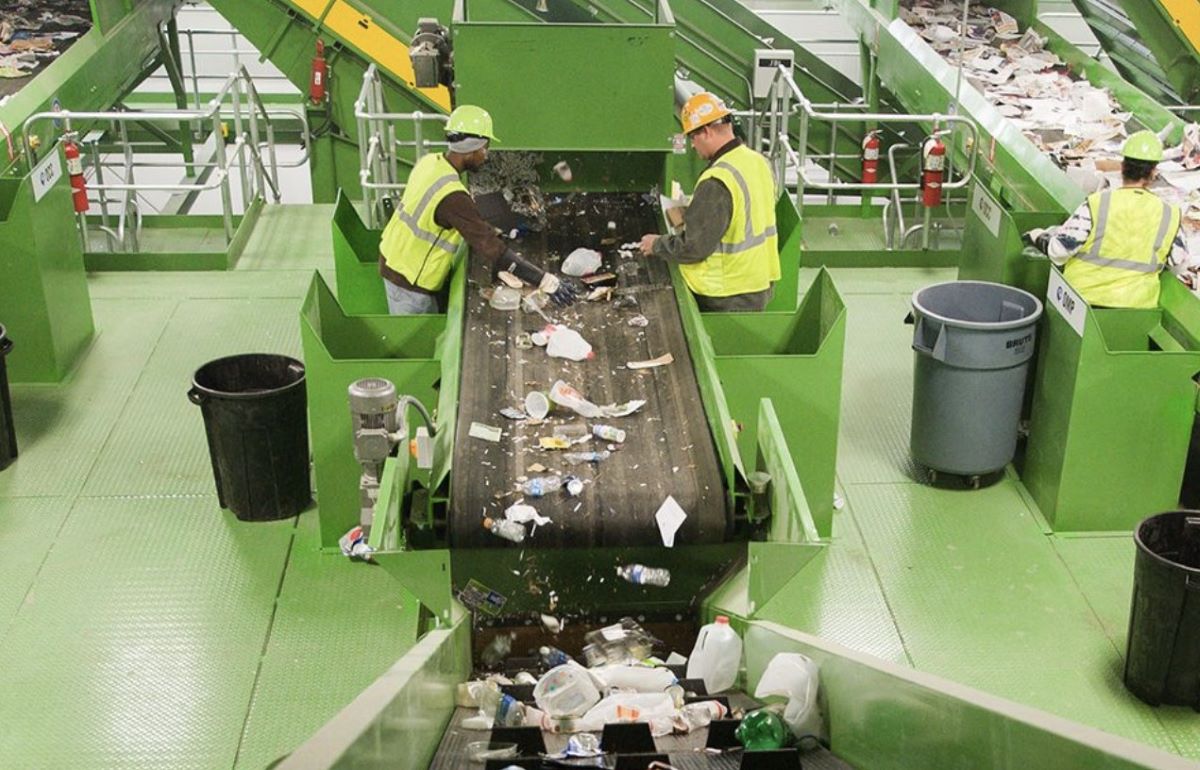Modern Commercial Yeast Selection, Part 2: Hybrids
In Part 1 of this article we explored the process whereby yeast strains that exist already in nature, either in a vineyard or wine, are evaluated for the purposes of commercialisation. No doubt many readers were surprised by the depth of investigation required to produce a commercial yeast strain in this manner. In this, Part 2, we will discuss the process of yeast hybridisation, which is an alternative method of obtaining new yeast strains.
Hybrid yeasts
Hybrid yeast strains are those produced through parental strain selection and forced breeding under laboratory conditions (Bowyer et al, 2017; Marullo et al, 2006). It cannot be stressed strongly enough that this process of yeast breeding is in principle no different to the process that occurs in nature, and this does not involve genetic modification. In effect, two parental yeast strains are chosen that exhibit individually desirable characteristics, and these are crossed under laboratory conditions. For example, one parent yeast might be a very strong fermenter and the other a strong aromatic producer. Typically, breeding involves forced sporulation by applying a stressful environment. Spores are collected and crossed with those of the second parental strain using a micromanipulator, yielding many progeny yeast strains as F1 (Filial 1) hybrids. This is the same reproductive process that occurs in nature for many yeasts, animals and plants alike, but with the preselection of parental yeast strains perhaps the best analogy is to be found in the horse racing industry, where a highly performing pair is mated. Such offspring foals can be extremely valuable, and so too it is with hybrid yeasts – after a bit of pruning of the progeny population.
From the F1 progeny pool the same rigorous selection process outlined in Part 1 (Bowyer & Nogues, 2024) is applied and the most market-appropriate strain selected for commercialisation. Thus, hybrid yeasts only differ form isolates in that their parentage was preselected rather than left to nature. In general, a breeding programme takes anywhere from 3-5 years from inception to completion, but in some cases this can extend for up to 10 years, as was the case for Excellence Finisher, a newly released restart strain.
Back-cross hybrids
Suppose that you already have a valuable isolate yeast strain that delivers wonderful organoleptic characteristics but is perhaps not meeting the demands of the current winemaking environment. For example, perhaps your wonderful yeast is not very alcohol tolerant, and with must sugar levels these days being significantly higher (Godden et al, 2015) than 30 years ago when that yeast was isolated your elite yeast strain is not fermenting to dryness anymore. What then is to be done? Does the elite isolate yeast thus get consigned to the history books? Not necessarily.
A second type of hybrid is the back-cross hybrid. Suppose an F1 hybrid is produced by crossing the elite isolate yeast with a strain that exhibits the desired characteristic(s) that needs to be improved in the elite strain. The best F1 hybrid would need to be selected from the F1 progeny pool by the same rigorous protocols outlined in the Part 1. If you then take this selected first-generation hybrid and, rather incestuously, cross that with the parental elite yeast several times over the subsequent progeny strains, referred to as back-cross hybrids and sometimes denoted as BC1, BC2 etc, increasingly take on a greater proportion of genetic material from the elite strain. If with each back-crossing the best progeny strain that still exhibits the desirable qualities of the elite yeast parent but also exhibits the improved characteristic (eg alcohol tolerance) is selected, then the progeny yeast is effectively improved with each back-crossing. If the process is repeated using five back-crossings, then the resulting improved elite yeast progeny strain will contain a very high proportion of genetic material from the original elite parental strain but with improved capability. As a commercial example, Excellence® FTH and STR are F1 hybrids, whilst Excellence® TXL is a BC1 hybrid, exhibiting 75 % genetic equivalence with its elite parent.
The F1 and back-cross hybrid procedure is depicted in Figure 1.

Figure 1. Different breeding techniques used in modern winemaking yeast selection. The F1 pathway is indicated by the purple arrows, whilst the back-cross pathway is indicated by the green arrows. With each successive back-cross the genetic profile of the progeny approaches that of the original parent, as indicated by the yeast colours used.
Case study: Excellence Rosé
Excellence Rosé is the latest yeast from Lamothe-Abiet, and it is a BC1 hybrid. Given its nomenclature this yeast is clearly intended for the production of rosé wines (although not exclusively), and it was selected principally to deliver specific organoleptic characteristics suitable for rosé wines in addition to its very low production of SO2 and SO2-binding agents such as acetaldehyde, as shown for a trial in Italy in 2023 using the Glera grape (Figure 2). The data shown are the averages of 5 trials. It is possible, of course, for a hybrid yeast like Excellence Rosé to occur naturally in nature, however the probability of this occurring is extremely low. The laboratory selection process simply guides and expedites the final strain determination.

Figure 2. Final concentrations of acetaldehyde, FSO2 and TSO2 for a 2023 Italian trial using the Glera grape. All other chemical parameters were similar between control and Excellence Rosé.
Launched in Australia for vintage 2024, and in the northern hemisphere (NH) for vintage 2023, the Excellence® Rosé project actually began back in 2020. Winery-scale trials were conducted in ’22 (NH) and ’23 (southern hemisphere ;SH). Various data were produced from the initial NH experimental winery trials (200 L), such as those depicted in Figure 3, indicating a successful breeding and selection process. Interestingly, the highest levels of the BMT thiol were observed in the Excellence® Rosé wine.

Figure 3. Aromatic data resulting from NH trials of Excellence® Rosé compared with two other yeast strains denoted A and B. Thiols are presented at left (a) in ng/L and the sums of esters grouped aromatically are presented at right (b) in µg/L.
Northern hemisphere trials do not always translate well to SH terroirs, so Australian trials were also conducted in vintage 2023, and the results of SH trials will be more the focus from here. Four trials were conducted in Australia in 2023 to ascertain how the yeast would behave across regions and varietals: Barossa (Mouvedre), Coonawarra (Shiraz), Coonawarra (Merlot) and Tasmania (Pinot noir). The Tasmanian Pinot samples were deemed the most suitable for further extensive examination.
Jacqui Anderson at Milton Vineyards in the East Coast of Tasmania agreed to run a comparison using Pinot noir juice between Excellence® STR and Excellence® Rosé in vintage 2023. Excellence® STR is an F1 hybrid and has been discussed previously (Bowyer et al, 2017) and is known to produce high levels of fermentation esters. The juice was treated with pectolytic and extraction enzymes, some bentonite and decolourising carbon and flotation was used to clarify, then split into two tanks and inoculated. Juice chemical data are given in Table 1, indicating good tank parity.

Table 1. Juice chemical data for the Pinot noir 2023 trial indicating good experimental parity.
Fermentation was conducted from 12-16°C depending on the stage, with kinetics as depicted in Figure 4, which suggested that Excellence® STR is a slightly stronger fermenter than Excellence® Rosé, although in practice both show similar fermentation rates. Both fermentations were arrested just before completion of fermentation to retain some natural sugar.

Figure 4. Fermentation kinetics and corresponding temperatures for the comparison 2023 Pinot noir fermentations between Excellence® STR and Excellence® Rosé.
Post-fermentation chemical analyses were conducted (Table 2) and indicated further data parity with one important difference that is a reflection of the differing genetic makeup of Excellence® Rosé: lower TSO2.

Table 2. Wine chemical data for the Pinot noir 2023 trial between Excellence® STR and Excellence® Rosé.
A full suite of aromatic analyses was conducted on the two wines, for sulfides, thiols and esters, the data for which are presented in Figures 5a (sulfides) and 5b (thiols). As the ester profile of any given wine is relatively broad, these data are presented separately in Figure 6.

Figure 5. Sulfur compound analyses for the Pinot noir 2023 trial wines between Excellence® STR and Excellence® Rosé: (a) sulfides (µg/L) and; (b) thiols (ng/L). Relevant approximate aromatic descriptors are indicated pictorially.

Figure 6. Ester analyses for the Pinot noir 2023 trial wines between Excellence® STR and Excellence® Rosé (µg/L). Relevant approximate aromatic descriptors are indicated pictorially.
Discussion
TSO2 was found to be significantly lower for Excellence® Rosé than for Excellence® STR, as was observed in the NH Italian trial (Figure 2). If FSO2 for the Excellence® STR wine was adjusted to equal the Excellence® Rosé wine at 26 ppm this would afford 115 ppm (or slightly more) TSO2 for Excellence® STR, meaning that Excellence® Rosé delivered a final wine with effectively 35 % less SO2. Given the importance of aromatics in rosé wines this result is highly significant, in that FSO2 progressively masks wine aromatics as levels in crease and as pH decreases. In the case of these wines the Excellence® Rosé sample was noticeably stronger on the nose, which is a reflection of the lower SO2 combination rate referred to in Table 2. Fundamentally, less SO2 is required when using Excellence® Rosé overall, which is a small but notable cost saving and certainly has market appeal to consumers. This result was confirmed most recently in vintage 2024 where the combined SO2 % in a Barossa Grenache trial was found to be 47 % (Excellence® Rosé and 64 % (Control).
Aside from obvious differences in intensity there were strong differences in the aromatic profiles of the trial wines. Excellence® STR is a POF- yeast and typically produces very aromatically clean wines, yet Excellence® Rosé produced a wine with a cleaner profile in terms of sulfides (Figure 5a). In terms of thiols (5b), the main difference between the wines was the prevalence of 3MHA (passionfruit) in the Excellence® STR wine, lending it a more tropical note.
Fermentation esters differed significantly between the wines (Figure 6). Excellence® STR produced significantly more isoamyl acetate (banana) than Excellence® Rosé, and this coupled with its higher 3MHA output translated to a more tropical wine profile. Excellence® Rosé, in contrast, afforded a wine with a stronger focus on red/fresh fruit and floral characters (Figure 6). This difference was made especially apparent by the much lower levels of isoamyl acetate and 3MHA, and its significantly lower TSO2, translating to a stronger nose with a far less tropical aspect, which is arguably more desirable in a rosé wine. Historically, separate tanks with separate yeasts have been used to achieve desirable aromatic profiles and textures in Provençal rosé wines, which is logistically annoying. This is no longer required if using Excellence® Rosé since the desired wine profile is delivered by this one yeast strain, and feedback from winemakers in Provence after the debut 2023 NH vintage and in Australia from the 2024 SH vintage is exceptionally positive.
In a tasting of the trial wines conducted by a group (n = 11) of predominantly Granite Belt (QLD) winemakers in September 2023 the attendees were asked to rate these wines for the characteristics indicated in Figure 7. In the main the feedback from the winemakers parallelled the aromatic analyses, with Excellence® Rosé showing more aromatic intensity leaning towards strawberry and florals, with a noticeably lower tropical profile.

Figure 7. Sensory assessment feedback from 11 winemakers for the 2023 trial wines between Excellence® STR and Excellence® Rosé from the Grantie Belt region in September 2023.
Summary
Although the investigative processes used to select yeasts is similar between isolates and hybrids, the pursuit of hybrid yeast strains offers the ability to refine the final strain characteristics though initial parental choice and back-crossings if required. Yeast hybridisation is a natural non-GMO process whereby desired characteristics can be selected for, offering both versatility and practicality for winemakers in the subsequent commercial yeast strains. Isolates have their place in modern winemaking but are likely to become less prevalent as more hybrids are produced to service particular market requirements. Excellence® Rosé, which was strategically selected to produce less TSO2 and to produce red/fresh fruit and floral aromatics, is a sterling example of this approach.
The hybrid breeding technique also constitutes a new way of developing commercial yeasts whereby a desired phenotype is traced to a specific genotype, thus generating a statistical correlation between the genotype and a specific observed behaviour. This in turn creates the possibility where the strain selection process maybe be expedited by screening F1 and BC strains at the genetic level to deliver specific phenotypes in a more rapid manner, reducing or eliminating the need for excessive practical confirmation at each stage before proceeding. This methodology was employed in the development of Excellence® Celsius (coming in 2025!) where 6 different genes of interest were screened for, all involved in ethanol reduction and malic acid production, to more efficiently afford the commercial strain.
By Paul K. Bowyer & Galdric Nogues
References
Bowyer, P. K., Chancholle, L. and Mennesson, A. (2017) Yeast breeding as a tool for wine stylistic manipulation, The Australian and New Zealand Grapegrower and Winemaker, October Issue, 73-76.
Bowyer, P. K. and Nogues, G. (2024) Modern commercial yeast selection Part 1: Isolates, The Australian and New Zealand Grapegrower and Winemaker, April Issue, 73-76.
Godden, P., Wilkes, E. and Johnson, D. (2015), Trends in the composition of Australian wine 1984–2014. Australian Journal of Grape and Wine Research, 21: 741–753. doi:10.1111/ajgw.12195
Marullo, P., Bely, M., Masneuf-Pomarède, I., Pons, M., Aigle, M., Dubourdieu, D.; Breeding strategies for combining fermentative qualities and reducing off-flavor production in a wine yeast model, FEMS Yeast Research, Volume 6, Issue 2, 1 March 2006, Pages 268–279, https://doi.org/10.1111/j.1567-1364.2006.00034.x
BHF wishes to thank The Australian and New Zealand Grapegrower and Winemaker for permission to reproduce this article. Subscription information can be found here.
